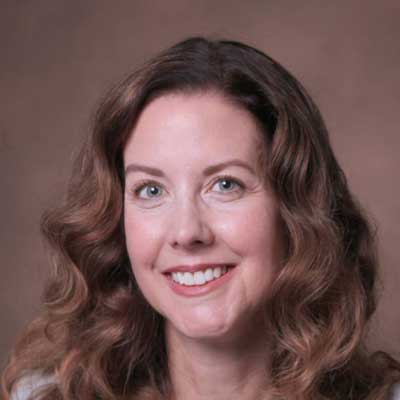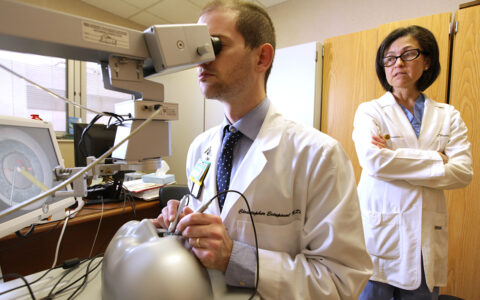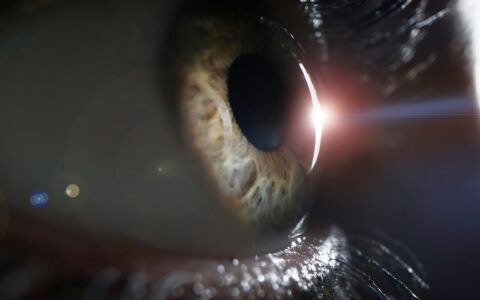In the 2018 Physicians Foundation Survey, 11.2 percent of respondents were 35 years old or younger. These millennials, born roughly between 1981 and 1996, are changing the way medicine is practiced. They bring increasing diversity: 42 percent of U.S. medical school graduates in 2018 were of a racial or ethnic minority background. And 50.9 percent of applicants to medical school were women.
As digital natives, millennials are more likely to embrace telemedicine, integrated decision support, big data, and artificial intelligence to screen patients and make clinical decisions – advances that are soon-to-be norms in healthcare delivery, says Janice C. Law, M.D., director of medical student education at Vanderbilt Eye Institute. Law is chair of the American Academy of Ophthalmology’s (AAO) Young Ophthalmologists (YO) committee and recently chaired a symposium on the topic at the AAO annual meeting.
“[Millennials] are the driving force that is changing ophthalmic treatment paradigms today.”
“Millennials are the most educated, the most diverse, and the most tech-savvy of any group that has come before,” Law said. “They are the driving force that is changing ophthalmic treatment paradigms today.”
Gender Stereotypes and Gender Bias
Ophthalmology as a specialty is having to confront long-standing gender bias in both the clinic and the research lab, said Jennifer Lindsey, M.D., director of resident education at Vanderbilt Eye Institute. “The fact that women now represent half of ophthalmology residents is not yet reflected in practice and, especially, in leadership. We still have work to do in improving compensation, promotion and recognition.”
According to David Parke, M.D., AAO’s CEO, only 24 percent of its practicing members are women. A handful of the top eye institutions are chaired by women, but the number of chair appointments in academic departments of ophthalmology still lags far behind, he says. And while two of the Academy’s past six presidents have been female, only 28 percent of AAO committees are chaired by women.
As a growing population of women physicians among millennials seek to balance careers with children and families, they may look to advancing technologies to grant more flexibility to work from home and manage work time more productively, Lindsey says. “These women are dynamic and driven. They want successful careers and families.”
Millennial Education
VEI has implemented programs that support young ophthalmologists at every level – from medical student to junior faculty. Law says the goal is to create an environment where learning is personalized, ongoing, and everyone participates. “Mentorship from the top down is essential to creating this ecosystem,” she said. “We are fortunate to have a robust cohort of faculty who work directly with students. We probably learn as much from the students as they do from us!”
Millennials have the highest reported levels of stress, and millennial doctors are no exception. At one of the YO sessions at AAO, participants heard presentations on self-care topics such as transition to clinical practice, dealing with surgical complications, and getting help for depression and grief. “The only way we are going to eliminate the stigma of anxiety, depression and substance abuse amongst physicians is to tackle these difficult topics on the national stage; to talk about them openly and vulnerably,” Law said.
“The only way we are going to eliminate the stigma of anxiety, depression and substance abuse amongst physicians is to tackle these difficult topics on the national stage.”
Changing the World
Law has seen firsthand that millennials have a strong desire to connect and give back locally and globally. The YO symposium at AAO included a session on global health and ways young physicians can support others around the world. Young professional committees are forming within national societies globally to support the needs of their members in training.
Most countries lack a standardized medical education curriculum, Law says, and this drives young physicians to collaborate and share knowledge – to make each other better. Social media has played an important role in this as well as telementoring and tele-education. Said Law, “Millennials have been criticized as being entitled or demanding of instant gratification. In fact, they want to make an impact at the global community level.”






